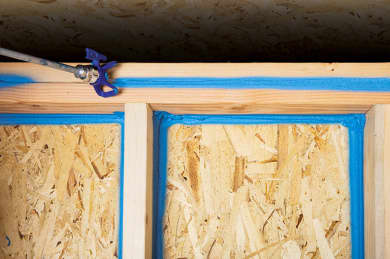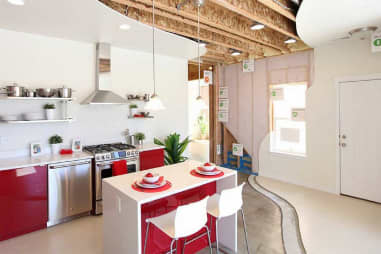Products
How to Choose the Right Insulation
Fiberglass Insulation
The smart choice to make spaces more comfortable and energy efficient.
R-Value
The ability to resist heat flow — insulation's thermal resistance.
Thermal Properties
Ability to provide thermal resistance for comfort and efficiency.
Insulating for Sound
Sound absorption characteristics, helping reduce noise transmission.
Applications
Applications
Project Type
Commercial
Hospitality
Modular Construction
Office Buildings
Warehouses
Restaurants
Retail
Modular Construction
Office Buildings
Warehouses
Restaurants
Retail
Industrial
Manufacturing Facilities
Chemical Processing
Petro Chemical
Power Generation
Chemical Processing
Petro Chemical
Power Generation
Institutional
Healthcare
Educational Buildings
Other Institutional
Educational Buildings
Other Institutional
OEM
Appliance
Automotive
Theaters & Auditoriums
Transportation
Automotive
Theaters & Auditoriums
Transportation
Residential
Single Family
Multi-Family
Improvement & Retrofit
Manufactured Housing
Multi-Family
Improvement & Retrofit
Manufactured Housing
Tools & Documents



